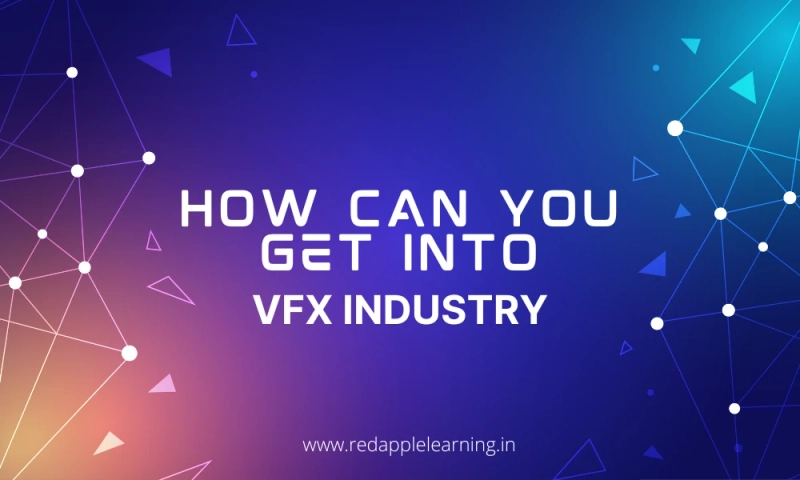When filmmakers and special effects artists desire to make a film or television show more eye-catching, they employ visual effects. This process is known as VFX. Visual effects can either be the use of computer graphics to generate images that does not exist in real life or post-production techniques for enhancing imagery shot with a live camera.
Industry Outlook
According to KPMG India's Media and Entertainment Report 2020 - the market for animation, VFX, and post-production increased by 15% from 88 billion in FY19 to 101 billion in FY20. The sector grew between FY16 and FY20 at a CAGR of 18%. Due to the plethora of legendary and mythological tales of India, we have an advantage over other countries. Due to the constant need for new VFX talent in the animation business, the field of visual effects offers a promising future for young and imaginative aspirants.
Nearly all forms of entertainment are enhanced by VFX: movies, television series, videogames and even music videos often depend on advanced technology to create realistic titles and graphics. The VFX industry has exploded recently because it helps create more visually appealing content, which is becoming more important as people move from traditional media sources like TV broadcast and cinema screens to digital platforms like the internet and smartphones.
VFX is a multi-billion-dollar industry that employs hundreds of thousands of people. It has become such a big business that visual effects are often used in the same breath as actors and leads in movies to increase box office receipts. The VFX industry creates many jobs related to the production and post-production of visual effects; it also provides companies with intellectual property (IP), which can then be licensed for use in other media. Learn: What is the Scope of VFX in India?
VFX is important because it allows filmmakers to make awesome movies that look cool and are fun to watch. In fact, numerous video games are launched by companies using VFX techniques, including Halo 4 by Microsoft Studios and Mass Effect 3 by Electronic Arts.
What is the Difference Between VFX and SFX?
The terms "visual effects" and "special effects" should not be used interchangeably (SFX). Pyrotechnics, fake rain, animatronics, and prosthetic makeup are a few examples of SFX, which, unlike VFX, are accomplished in real-time while a movie is being filmed. Post-production is when all VFX are added after the shooting.
Any aspiring VFX artist or technician needs to take care of the following areas:
Skills and Expertise – Before even thinking about getting into this area, you need to demonstrate high proficiency in the field. You need to work on your 3D animation skills and develop an excellent portfolio of 2D and 3D animations, special effects or graphics. It is also important that you have a good understanding of how post-production software works because you will be using it regularly.
Work Experience – You need to build up a solid work experience as a VFX artist before trying to get into the industry. This can be done by joining an animation studio or any organization that uses VFX regularly.
How Can you Get into This Sector as a Professional?
There are many levels at which you can work within the VFX (or visual effects) industry. Some people work as freelancers, while others are employed by the studios where their productions take place.
The best way to get into this industry is by getting your foot in the door at a studio that already uses VFX or post-production techniques for creating photo-realistic images. If you are able to demonstrate high-level skill and proficiency in your craft, studios will be willing to hire you because they will be able to use your abilities as part of their team. So for this you have to master the skill. With the help of VFX courses; you can master the skill. There are reputed institutes that are providing VFX courses in Kolkata. That will assist you in getting into this sector with ease. VFX courses will help you to get in-depth knowledge along with that you will also get practical experience of working as a professional.


